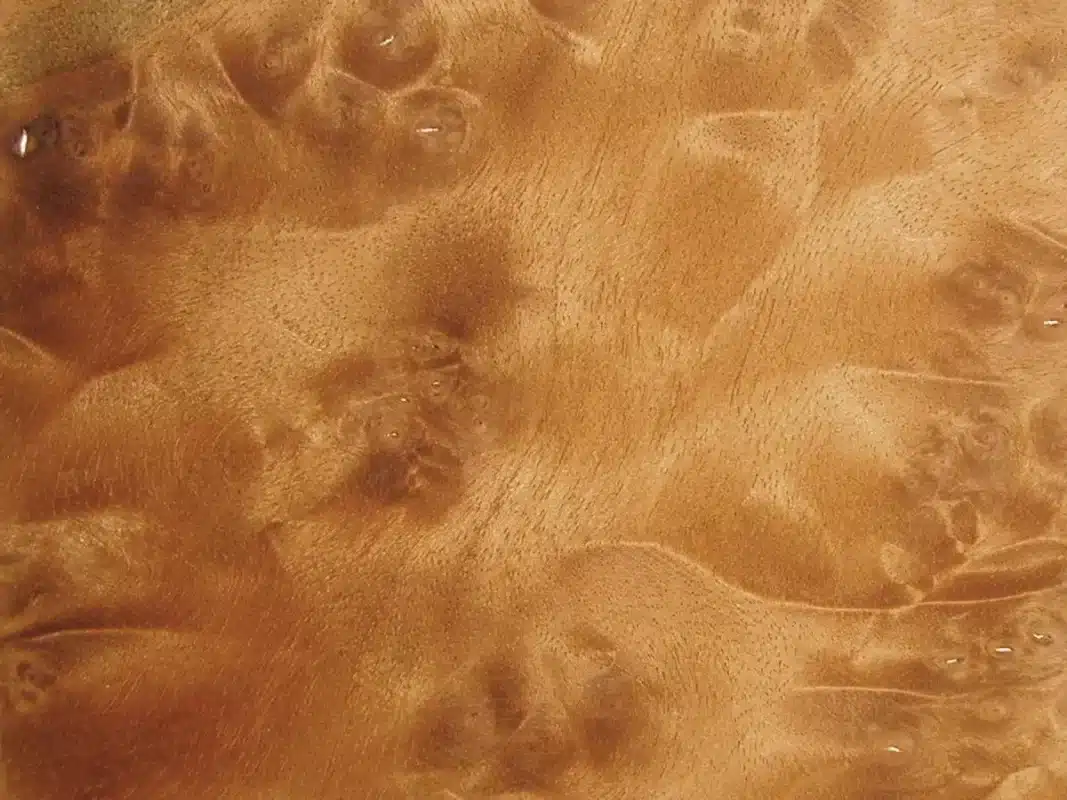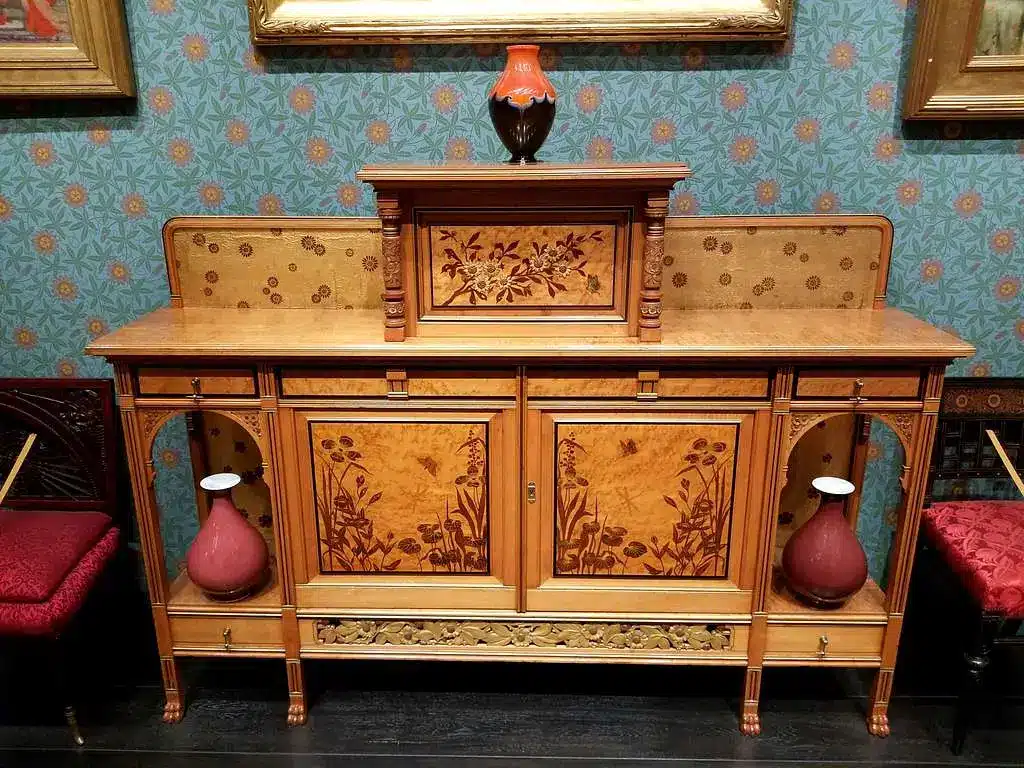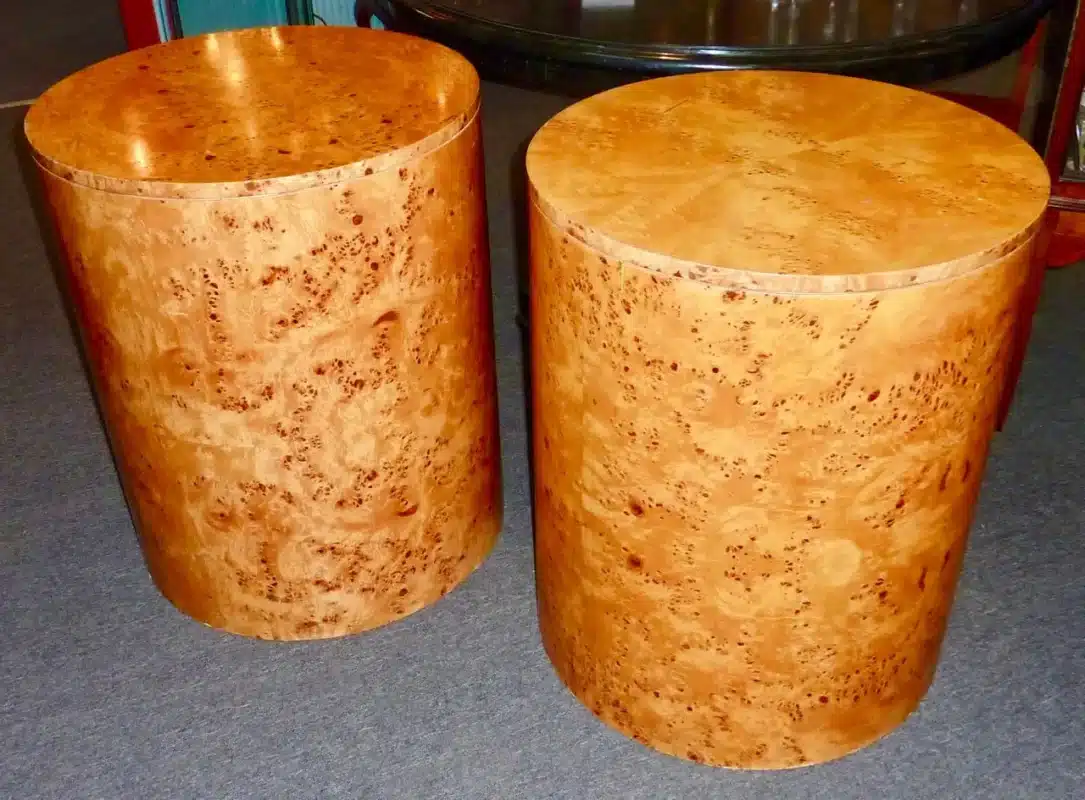
Birdseye maple is a unique and captivating wood that has fascinated woodworkers, furniture makers, and collectors for centuries. Its distinctive appearance and rarity make it a sought-after material for various applications. This article delves into the origins, characteristics, uses, and conservation of birdseye maple, providing a comprehensive understanding of this extraordinary wood.
Table of Contents
What is Birdseye Maple?
Maple birdseye is a hard maple (Acer saccharum) type distinguished by its unique grain pattern. The term “bird’s eye” refers to the small, swirling, eye-like patterns that appear on the wood’s surface. Any disease or pests cause these patterns. They are a natural anomaly found in some maple trees.
Characteristics of Maple Birdseye

Maple birdseye is known for its:
– Distinctive Grain Pattern: The wood features small, rounded patterns that resemble the eyes of birds, giving it a unique and decorative appearance.
– Color: Typically, birdseye maple has a creamy white to light brown color, which can be enhanced with stains and finishes.
– Hardness: As a type of hard maple, birdseye maple is durable and resistant to wear, making it suitable for high-traffic areas and heavy-use items.
– Rarity: Only a small percentage of maple trees exhibit the birdseye pattern, making it a rare and valuable material.
The Origins of Birds Eye Maple
The exact cause of the birdseye pattern in maple trees is still a subject of debate among scientists and wood experts. Some theories suggest that it may be due to environmental stressors, genetic factors, or a combination. Despite its mysterious origins, birdseye maple has been prized for its beauty and uniqueness for centuries.
Historical Significance
Birdseye maple has been used in furniture making and decorative arts since the 18th century. It was very popular during the Victorian era. People used it to make detailed inlays and veneers for fine furniture. The wood’s rarity and distinctive appearance made it a symbol of luxury and sophistication.
Uses of Birdseye Maple Wood
Birdseye maple is used in various applications, from fine furniture to musical instruments. Its unique appearance and durability make it a versatile material for both functional and decorative purposes.
Furniture and Cabinetry

Birds eye maple is often used in:
– High-End Furniture: Its distinctive grain pattern makes it a popular choice for creating statement pieces, such as tables, chairs, and cabinets.
– Veneers: Due to its rarity, Decorative maple is frequently used as a veneer to add a touch of elegance to furniture and cabinetry.
– Inlays: The wood’s unique appearance makes it ideal for intricate inlays and decorative accents.
Musical Instruments

The acoustic properties and aesthetic appeal of birdseye maple make it a popular choice for musical instruments, including:
– Guitars: Many high-end guitars feature birdseye maple tops or necks, which enhance both the instrument’s sound and appearance.
– Violins: The wood is often used for the backs and sides of violins. This helps improve the sound and look of the instrument.
Other Applications

Birds eye maple is also used in:
– Interior Design: Its unique appearance makes it a popular choice for decorative wall panels, flooring, and architectural details.
–Crafts and Art: Artisans often use this Rare maple wood to create small decorative items, such as jewelry boxes, picture frames, and sculptures.
Conservation and Sustainability
Due to its rarity, birdseye maple is considered a valuable resource that requires careful management to ensure its sustainability. Conservation efforts focus on responsible harvesting practices and promoting the growth of maple trees in their natural habitats.
Sustainable Harvesting Practices
Sustainable harvesting practices are essential to protect maple birdseye and other valuable hardwoods. These practices include:
– Selective Logging: Harvesting only mature trees with the bird’s eye pattern, while leaving younger trees to grow and develop.
– Reforestation: Planting new maple trees to replace those harvested, ensuring a continuous supply of wood for future generations.
–Certification: Supporting wood products that are certified by groups like the Forest Stewardship Council (FSC). They promote responsible forest management.
Promoting Maple Tree Growth
Efforts to promote the growth of maple trees include:
– Habitat Protection: Preserving natural habitats where maple trees thrive, such as mixed hardwood forests in North America.
– Research and Education: Do research to understand what causes the birds eye pattern. Teach the public about why conservation is important.
Case Studies: Birds Eye Maple in Action
Several notable examples highlight the beauty and versatility of maple birdseye in various applications.
The Stradivarius Connection
Some of the world’s most famous violins, like those made by Antonio Stradivari, are thought to use birdseye maple for their backs and sides. The wood’s unique grain pattern and acoustic properties contribute to the exceptional sound quality of these instruments.
The Gibson Les Paul Guitar
The Gibson Les Paul, one of the most iconic electric guitars, has featured birdseye maple tops in some of its models. The wood’s striking appearance and tonal qualities make it a favorite among musicians and collectors alike.
The White House Furniture
Birds eye maple has been used to make furniture for the White House. This shows its status as a symbol of luxury and elegance. The wood’s distinctive appearance adds a touch of sophistication to the historic residence.
Conclusion
Birdseye maple is a truly remarkable wood that captivates with its unique grain pattern and rich history. Its rarity and beauty make it a valuable material. It is used in many things, like fine furniture and musical instruments. As we enjoy and use this amazing wood, we must focus on sustainable practices. This will help keep it available for future generations.
In summary, bird’s eye maple shows the beauty of nature. It also reminds us to manage resources responsibly. By learning about its origins, features, and uses, we can better appreciate this special wood. This knowledge helps us preserve it for the future.





